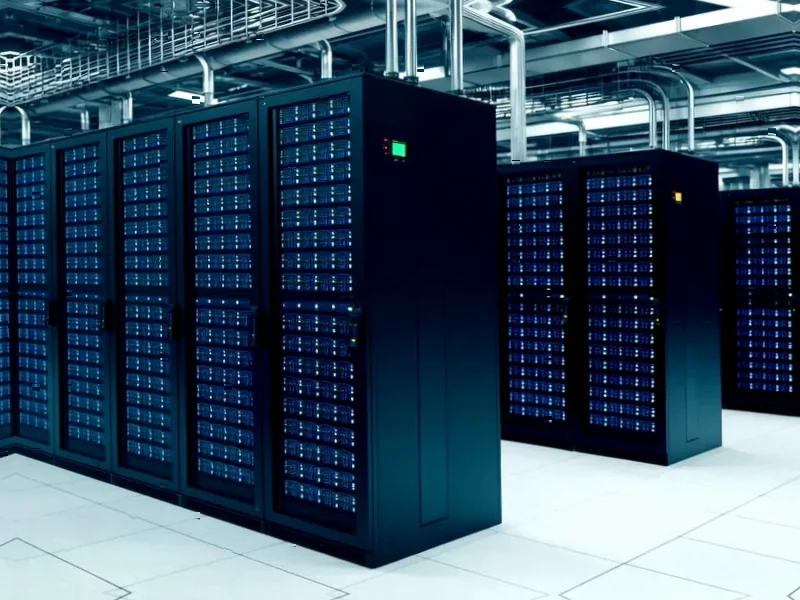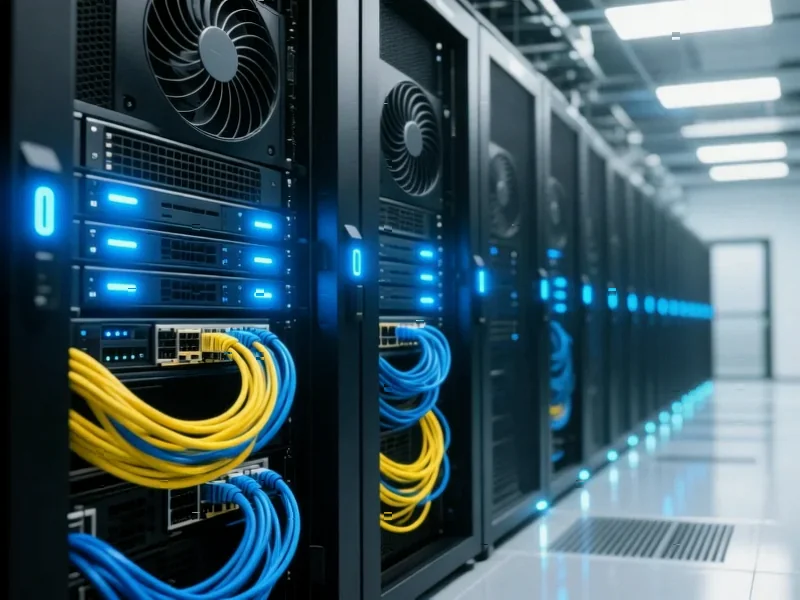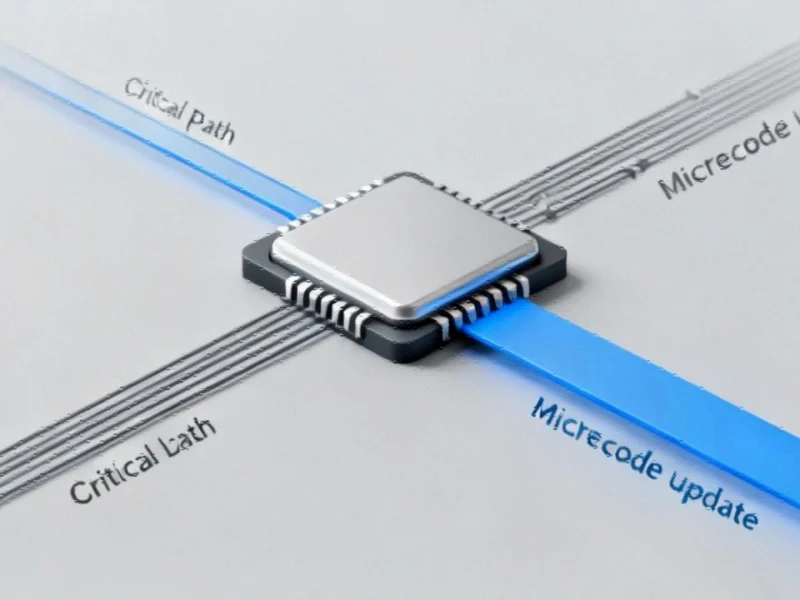According to CRN, global spending on edge computing solutions is projected to reach $260 billion in 2025, with an expected annual growth rate of nearly 14 percent that will push the market to $380 billion by 2028. The publication’s 2025 Edge Computing 100 list highlights 50 leading companies across hardware, software, and services, including infrastructure giants like Amazon Web Services, Cisco Systems, Dell Technologies, and HPE, alongside edge specialists such as Scale Computing, Hailo Technologies, and Latent AI. IDC research vice president Dave McCarthy noted that “edge computing is poised to redefine how businesses leverage real-time data” and emphasized that service providers are “building out low-latency networks, enhancing AI-driven edge analytics and forging partnerships to deliver scalable, secure infrastructure.” This massive market expansion signals a fundamental shift in how computing resources are deployed and managed across industries.
The Enterprise Transformation Challenge
For enterprise IT leaders, the edge computing boom represents both unprecedented opportunity and significant operational complexity. Companies that successfully navigate this transition will gain competitive advantages through real-time processing capabilities that enable everything from predictive maintenance in manufacturing to instant fraud detection in financial services. However, the distributed nature of edge infrastructure creates new security vulnerabilities and management headaches that many organizations are unprepared to handle. The move from centralized cloud to distributed edge requires rethinking everything from network architecture to data governance policies, creating a steep learning curve for traditional IT teams accustomed to managing resources in data centers or public clouds.
The Developer Experience Revolution
Developers face a fundamental paradigm shift as edge computing becomes mainstream. The traditional model of writing applications for centralized cloud environments doesn’t translate well to distributed edge architectures where latency, bandwidth constraints, and intermittent connectivity become primary design considerations. We’re seeing the emergence of new development frameworks and tools specifically designed for edge environments, but the ecosystem remains fragmented. The companies that succeed in this space will be those that provide developers with abstraction layers that hide the complexity of distributed systems while still allowing for optimization of edge-specific capabilities like local AI inference and real-time data processing.
Market Segmentation and Geographic Disparities
The edge computing revolution won’t unfold uniformly across industries or regions. Manufacturing, healthcare, retail, and energy sectors are leading the adoption curve because they have clear use cases requiring low-latency processing and real-time decision-making. Meanwhile, geographic disparities are emerging as developed markets with robust digital infrastructure accelerate edge deployment while emerging markets struggle with basic connectivity challenges. This creates a risk of widening the digital divide, where organizations in regions with advanced edge capabilities gain significant competitive advantages over those in areas where such infrastructure remains underdeveloped.
The Coming Consolidation Wave
While CRN’s list showcases 50 innovative companies, the edge computing market is heading toward inevitable consolidation. The current landscape features too many specialized players addressing niche use cases, and as the market matures, we’ll see larger platform providers acquiring point solutions to create comprehensive edge offerings. This consolidation will benefit enterprises seeking integrated solutions but could reduce innovation as smaller, more agile companies get absorbed into larger organizations. The companies that survive as independent entities will be those that either dominate a critical technology segment or establish such strong ecosystem partnerships that they become indispensable to broader edge deployments.
The Hidden Sustainability Challenge
One critical aspect missing from most edge computing discussions is the environmental impact of distributed infrastructure. While edge computing can reduce data transmission energy costs, it also means deploying thousands or even millions of computing nodes across diverse locations, each requiring power, cooling, and maintenance. The carbon footprint of manufacturing, deploying, and operating this distributed infrastructure could offset the efficiency gains from reduced data transmission. Companies that prioritize energy-efficient edge hardware and develop sustainable deployment strategies will not only reduce their environmental impact but also gain cost advantages as energy prices continue to fluctuate.




